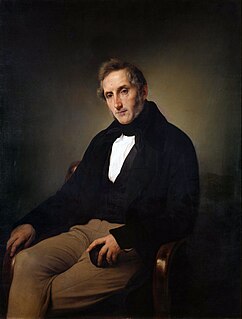 W
WThe bosinada or bosinata was a traditional, popular poetic genre in Lombard language that began in the 18th century or earlier and reached its apex in the late 19th century. Bosinate were usually written or printed on sheets of paper and recited by a sort of cantastorie or minstrel called a bosin ; they were usually satirical in content, sometimes explicitly designed to hold someone up to ridicule, or to debunk certain social habits or circumstances; in any case, they were the expression of the naive but sound good sense of the common people.
 W
WGiuseppe Bossi was an Italian painter, arts administrator and writer on art. He ranks among the foremost figures of Neoclassical culture in Lombardy, along with Ugo Foscolo, Giuseppe Parini, Andrea Appiani or Manzoni.
 W
WTommaso Grossi was an Italian poet and novelist.
 W
WCarlo Maria Maggi was an Italian scholar, writer and poet. Despite being an Accademia della Crusca affiliate, he gained his fame as an author of "dialectal" works in Milanese language, for which he is considered the father of Milanese literature. Maggi's work was a major inspiration source for later Milanese scholars such as Carlo Porta and Giuseppe Parini.
 W
WAlessandro Francesco Tommaso Antonio Manzoni was an Italian poet, novelist and philosopher. He is famous for the novel The Betrothed (1827), generally ranked among the masterpieces of world literature. The novel is also a symbol of the Italian Risorgimento, both for its patriotic message and because it was a fundamental milestone in the development of the modern, unified Italian language. Manzoni also contributed to the stabilization of the modern Italian language and helped to ensure linguistic unity throughout Italy. He was an influential proponent of Liberal Catholicism in Italy. His work and thinking has often been contrasted with that of his younger contemporary Giacomo Leopardi by critics.
 W
WGiuseppe Parini was an Italian enlightenment satirist and poet of the neoclassic period.
 W
WCarlo Porta was an Italian poet, the most famous writer in Milanese.